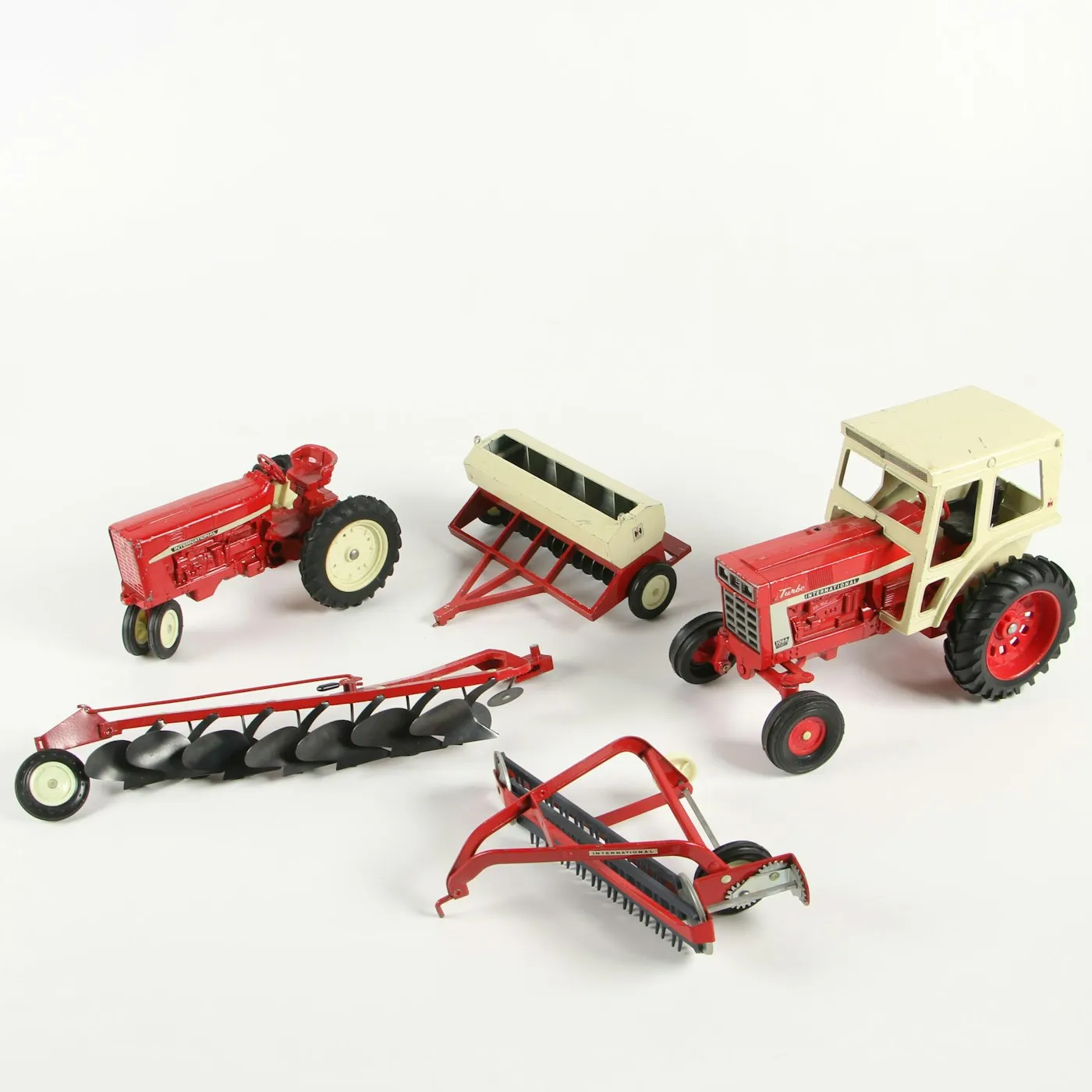What are Diecast Tractors
Diecast metal toy tractors are miniature replicas of real-life agricultural machines, created using a specialized manufacturing process. These models are typically made from a zinc alloy, often referred to as Zamak, which allows for intricate detailing and durability. Diecast tractors are not just toys; they are highly sought-after collectibles, prized for their accuracy, craftsmanship, and historical significance. They range in size and complexity, appealing to collectors of all ages and interests. The popularity of diecast tractors stems from their ability to capture the essence of iconic machinery in a tangible, lasting form, making them a cherished part of many collections worldwide. These models offer a unique blend of nostalgia, engineering appreciation, and investment potential, solidifying their place in the world of collectibles.
The Materials Used in Diecast Tractors
The quality and longevity of diecast tractors hinge on the materials used in their construction. The primary material is a zinc alloy, renowned for its ability to capture fine details and withstand wear and tear. This alloy allows for the creation of complex shapes and intricate designs that mirror the original tractors. Besides the alloy, other materials are employed, including high-quality plastics for tires, windows, and interior components. These plastics are carefully selected to match the aesthetic and functional requirements, ensuring that each model closely resembles its full-sized counterpart. Paint and finishing materials are also crucial, providing a realistic look and protecting the metal from corrosion. The combination of these materials results in a durable, detailed, and visually appealing model.
Metal Alloys Used in Diecast Tractors
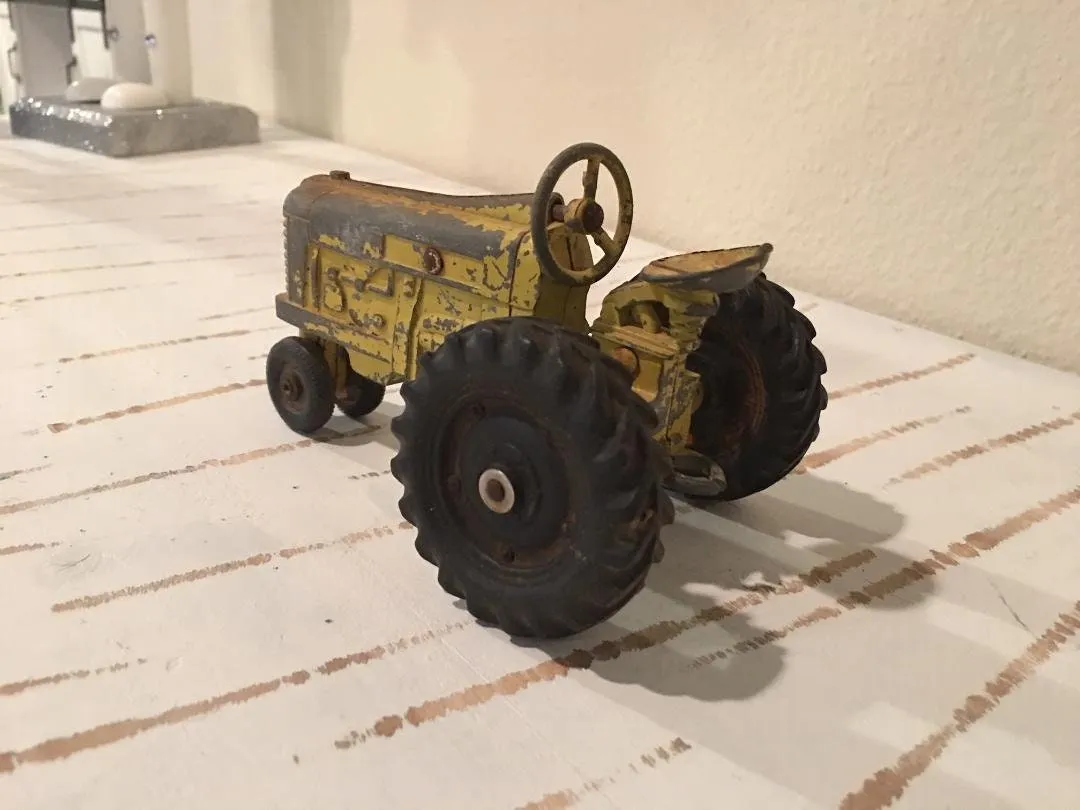
The backbone of a diecast tractor is its metal alloy, usually Zamak, a zinc alloy containing aluminum, magnesium, and copper. This combination gives the metal its unique properties. The aluminum enhances strength and hardness, while the magnesium improves fluidity during the die-casting process. Copper adds to the alloy’s corrosion resistance and overall durability. Zamak’s low melting point is another advantage, enabling intricate designs and detailed features that other metals cannot achieve. This alloy ensures that the tractors are both robust and capable of holding fine details like the intricate grilles, engine components, and other realistic features. The alloy’s ability to take paint and finishes also contributes to the overall quality and aesthetic appeal, making it a perfect choice for creating collectible tractors.
The Manufacturing Process
The manufacturing of diecast tractors is a meticulous process that begins with the creation of molds, usually made of steel. Molten Zamak is injected into these molds under high pressure, replicating the tractor’s design with precision. This die-casting process allows manufacturers to create detailed and complex shapes. After the metal cools and solidifies, the tractor parts are removed from the mold. Excess material is trimmed, and the parts are cleaned and prepared for assembly. Skilled workers carefully assemble the components, adding plastic tires, windows, and other details. The assembled tractor is then painted and finished, often with intricate decals and markings to replicate real-world tractor models. Finally, quality control checks ensure that each diecast tractor meets the standards of the manufacturer and the expectations of collectors.
Diecast Tractor Scales
Diecast tractors come in various scales, each representing a proportional reduction of the real-life machine’s size. Common scales include 1:64, 1:32, and 1:16, but others, such as 1:87 and 1:50, are also available. The scale determines the level of detail and the overall size of the model. For example, a 1:16 scale tractor is larger and more detailed than a 1:64 scale model. These scales allow collectors to build diverse collections and display models alongside each other, creating realistic farm scenes or highlighting the evolution of tractor design. Scale choices often depend on personal preference, available display space, and the specific details desired in the model. Each scale has its advantages, offering collectors unique experiences and opportunities for detailed collecting and showcasing.
Popular Diecast Tractor Scales
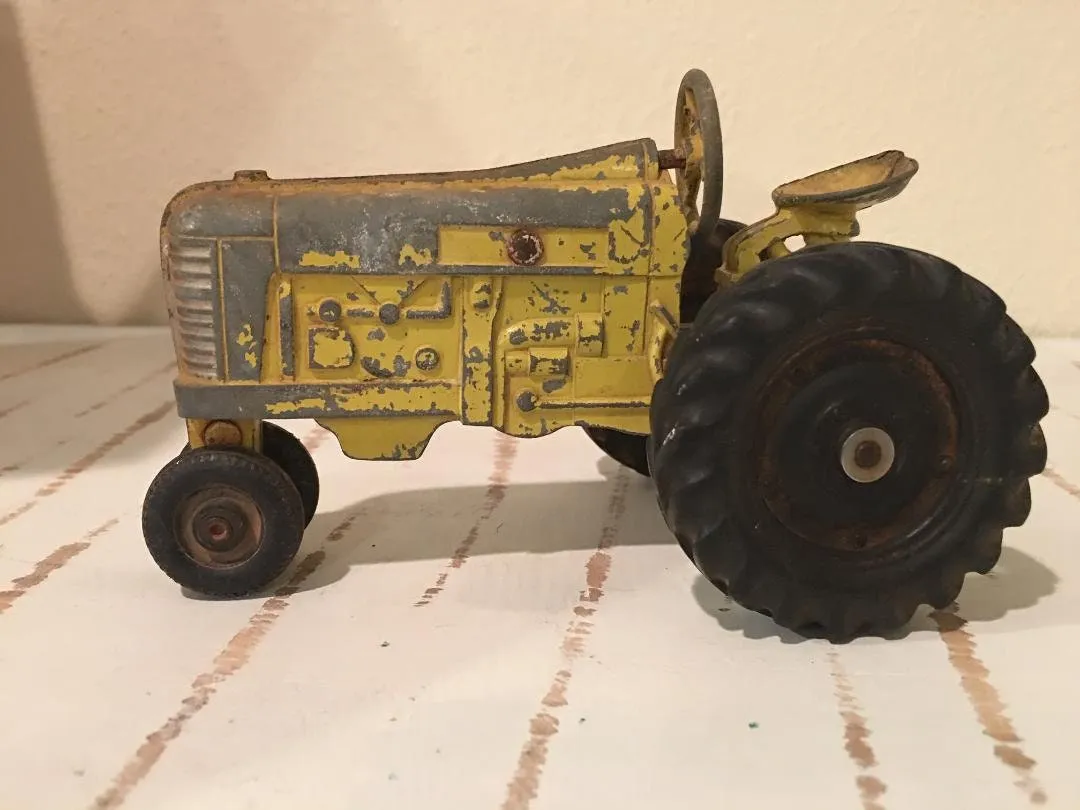
Several scales are most popular among diecast tractor collectors. The 1:64 scale is a popular choice due to its compact size and affordability, making it easy to collect and display numerous models. It’s also often compatible with other miniature vehicles, enabling the creation of complete farm and countryside scenes. The 1:32 scale is another favorite, providing a balance between size and detail. These models are larger and allow for more intricate detailing, attracting collectors who appreciate higher levels of realism. The 1:16 scale represents larger models, which offer impressive detail and are favored by collectors who want to showcase intricate features, often including functional elements. Each scale caters to different collecting preferences, and many collectors choose to collect across multiple scales to broaden their collections.
Why Scale Matters
Scale significantly impacts the appearance, detail, and collectibility of diecast tractors. A larger scale usually allows for more intricate details, making the model appear more realistic. However, larger scales may require more display space and can be more expensive. Scale also influences the type of accessories and additional items available for the models. For instance, 1:16 scale models often have compatible implements and accessories, allowing for greater customization and playability. The scale also matters for the compatibility of the models within a collection, allowing collectors to build complete scenes with a sense of proportion. Choosing the right scale depends on individual preferences, display space, and the level of detail desired. Some collectors might focus on a single scale to maintain consistency, while others enjoy mixing different scales for a diverse collection.
Top 7 Interesting Facts About Diecast Tractors
Fact 1 The History
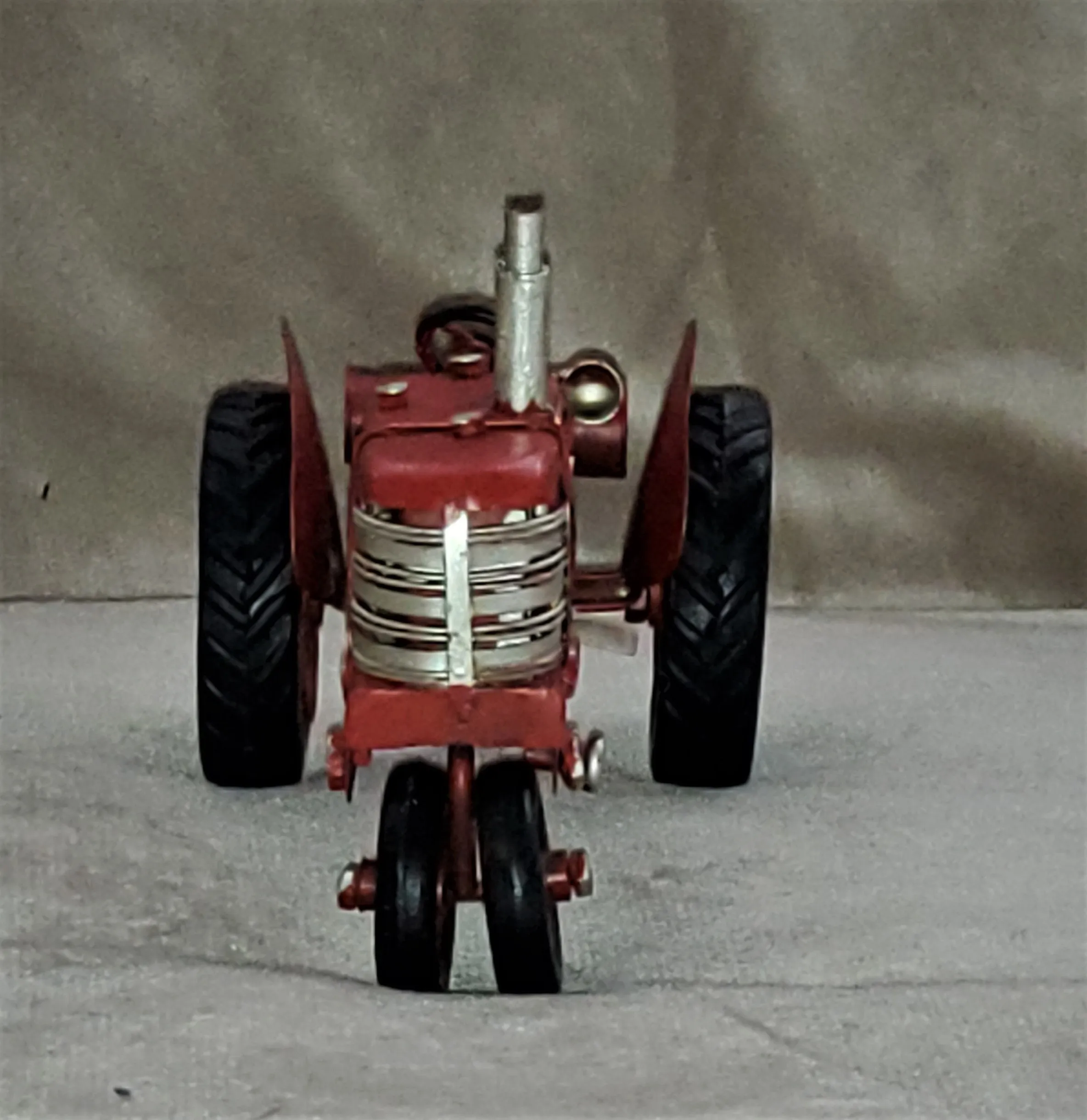
The history of diecast tractors dates back to the early 20th century when manufacturers began creating miniature versions of the latest agricultural machines. These models were initially simple and designed as promotional items, but as die-casting technology improved, so did the detail and complexity of the models. Early diecast tractors, such as those produced by companies like Tootsietoy and others, are now highly prized collectibles. These models evolved alongside real-life tractor designs, reflecting the technological advancements and stylistic changes of agricultural equipment through the years. They capture significant moments in farming and are invaluable historical artifacts.
Fact 2 Famous Brands
Several brands have become synonymous with quality and collectibility in the diecast tractor world. Companies like Ertl, with their long history in model manufacturing, have produced a wide range of tractors, from classic to contemporary. Other brands, such as Joal and Siku, are recognized for their detailed and accurate models, particularly of European tractor brands. Each brand offers unique models and collectors often focus on specific brands or eras, creating diverse and valuable collections. The reputations of these brands are built on precision, authenticity, and a dedication to capturing the essence of agricultural machinery.
Fact 3 Detailing
The intricate detailing is a significant part of the appeal of diecast tractors. Manufacturers go to great lengths to replicate the authentic features of the full-sized machines. This includes detailed engine components, accurately rendered cabs and driver interiors, and realistic paint schemes. The attention to detail extends to the tires, which often feature accurate tread patterns, and the addition of accessories such as lights, mirrors, and even functional components. These details add to the model’s value and collectibility, transforming them from mere toys into highly sought-after miniature representations of real-life machinery. The level of detail has increased significantly, creating pieces that stand as a testament to engineering and design.
Fact 4 Rarity and Value

Certain diecast tractors are rare and command high prices among collectors. Limited edition models, those produced in small quantities, or those with unique features such as special paint jobs or historical significance are often the most valuable. The condition of the model significantly impacts its value, with pristine, boxed examples fetching the highest prices. Collectors seek out models from particular eras or brands, as these can also be valuable. Rarity is often linked to a model’s historical significance, the number originally produced, and its preservation. This creates an active market where the value of diecast tractors can fluctuate based on demand, condition, and historical relevance.
Fact 5 Collectibility
Diecast tractors have a dedicated following. Collecting offers several benefits. They serve as a tangible link to the past, providing a window into the evolution of agricultural technology. It is an engaging hobby that provides an opportunity to learn about engineering, design, and history. Collectors often share their passion through online forums, clubs, and shows, creating a sense of community. The ability to acquire and display unique models adds to the enjoyment, while the potential for the investment makes it a fulfilling and enriching pastime. Collecting these models satisfies the appreciation for history, technology, and the enjoyment of owning something unique.
Fact 6 Restoration
Restoring diecast tractors is a rewarding aspect of the hobby for many collectors. Restoring can involve carefully disassembling the model, removing old paint, and repairing any damaged components. The models are then repainted to their original specifications, often using accurate colors and techniques. Many collectors enjoy the challenge of returning vintage models to their original glory. Restoration can significantly increase a model’s value and allows collectors to enjoy owning pristine versions of classic tractors. Special tools, paint, and patience are required, making it a specialized skill that enhances the appeal of owning diecast tractors.
Fact 7 The Future
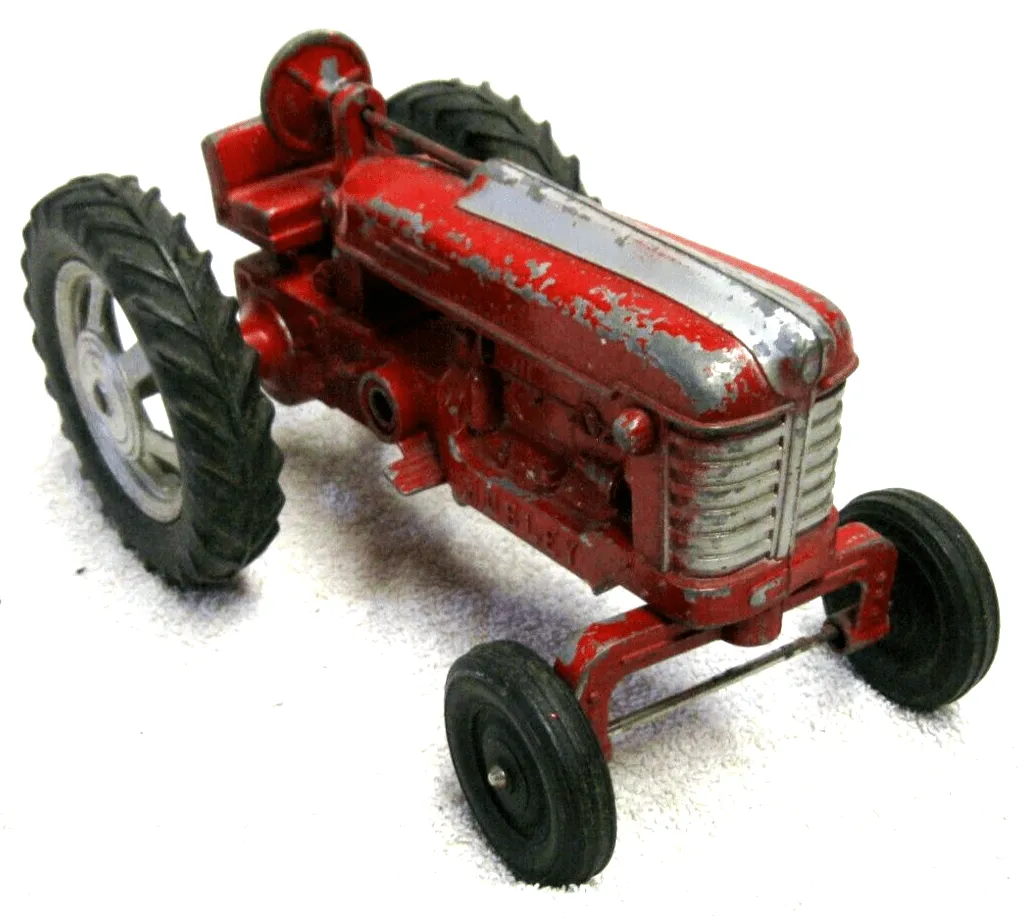
The future of diecast tractors looks promising. The demand for these collectibles remains strong, with new models constantly being released to meet the interest of collectors. As technology advances, manufacturers are using new techniques and materials to create even more detailed and realistic models. The trend towards eco-friendly manufacturing could also influence how future diecast tractors are made. The diecast tractor hobby is expected to grow, driven by the enduring appeal of these miniature marvels, the continuous evolution of design, and the ever-increasing value of vintage models. New enthusiasts and innovations in the collecting world ensure a vibrant future for this classic hobby.
How to Start Collecting Diecast Tractors
Starting a diecast tractor collection begins with understanding the various scales, brands, and models available. Researching the different brands, identifying your interests, and setting a budget can help focus your collection. Starting small and acquiring a few models that appeal to you is a practical way to begin. Visiting local shops, attending toy fairs, and exploring online marketplaces like eBay are great ways to find models. Consider joining collector clubs or online forums to learn more about the hobby and connect with other enthusiasts. Starting a collection should be fun and educational, focused on models that genuinely interest you. This approach will make your hobby more fulfilling and will allow you to expand your knowledge and appreciation of diecast tractors.
Where to Find Diecast Tractors
Finding diecast tractors involves a combination of online and offline sources. Local toy stores and hobby shops are great places to start, often carrying a range of new models. Antique stores and flea markets are excellent for finding vintage and rare tractors. Online marketplaces such as eBay and specialized auction sites offer vast selections. Collector shows and toy fairs are also valuable sources, providing opportunities to buy, sell, and connect with other collectors. Websites specializing in diecast models offer direct access to a wide range of models. Building relationships with dealers and keeping an eye on new releases from brands are other effective ways to find models to enhance your collection.
How to Evaluate Diecast Tractors
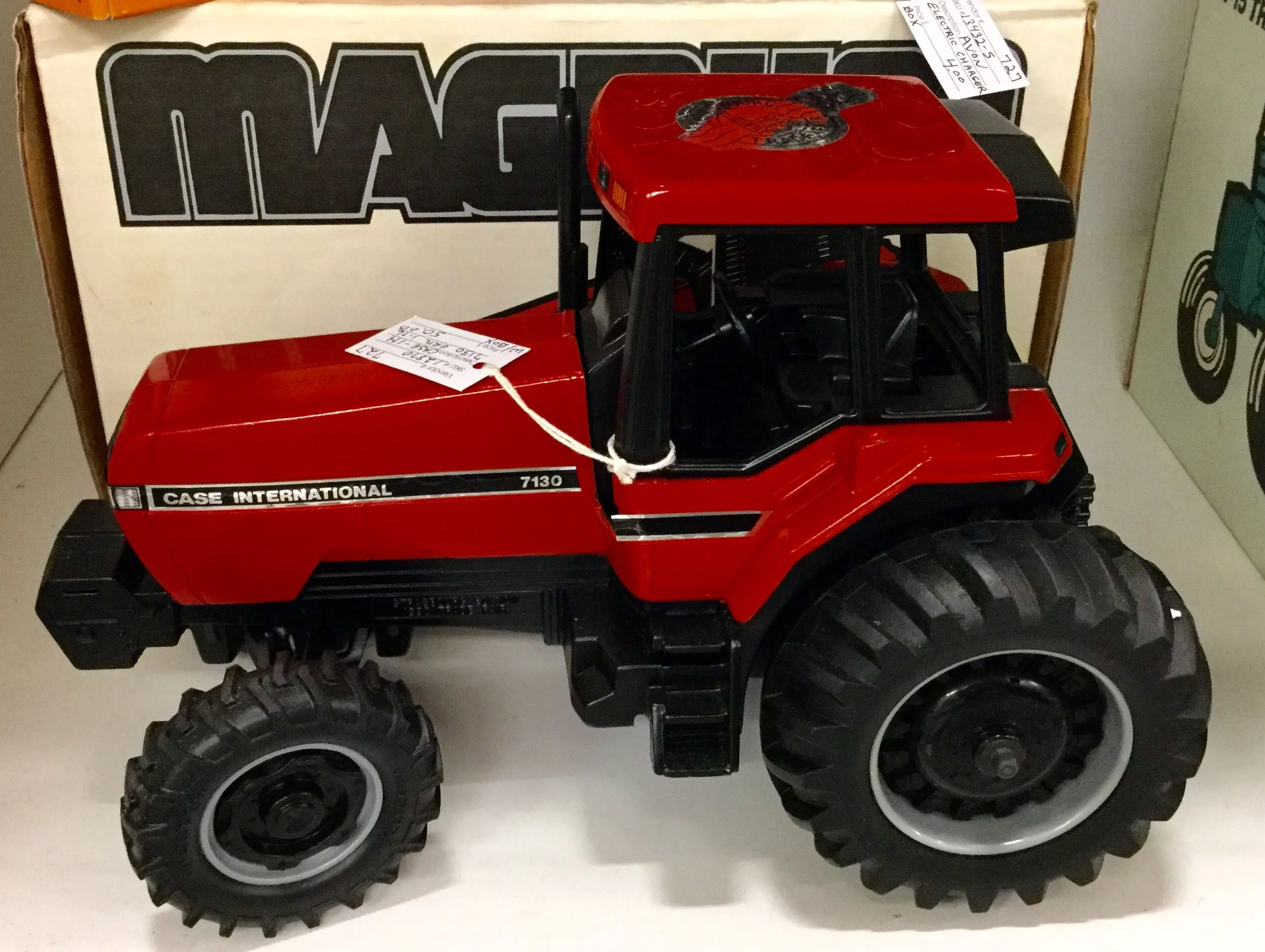
Evaluating diecast tractors involves assessing several factors to determine their value and condition. Inspect the model for any damage, such as scratches, dents, or missing parts. Check the paint condition and look for any fading, chips, or imperfections. Consider the model’s rarity and whether it is a limited edition or a hard-to-find piece. If the model has its original packaging, its presence and condition can add to its value. Research the brand, scale, and model to determine its historical significance and current market value. Always compare prices with comparable models to ensure you are paying a fair price. These factors will help in making informed decisions about purchasing diecast tractors.
Maintaining Your Diecast Tractors Collection
Proper maintenance ensures the longevity and value of your diecast tractor collection. Protect the models from direct sunlight to prevent paint fading. Store the tractors in a cool, dry place, away from excessive humidity and temperature changes, to avoid corrosion. Consider using display cases or protective covers to guard them from dust and accidental damage. Handle the models carefully, minimizing touching to reduce the risk of scratches. Regular dusting with a soft cloth and, if necessary, gentle cleaning with a mild soap and water can help maintain their appearance. Cataloging your collection and keeping track of its value is also a good practice. Regular care helps preserve the beauty and value of these models for years to come.
